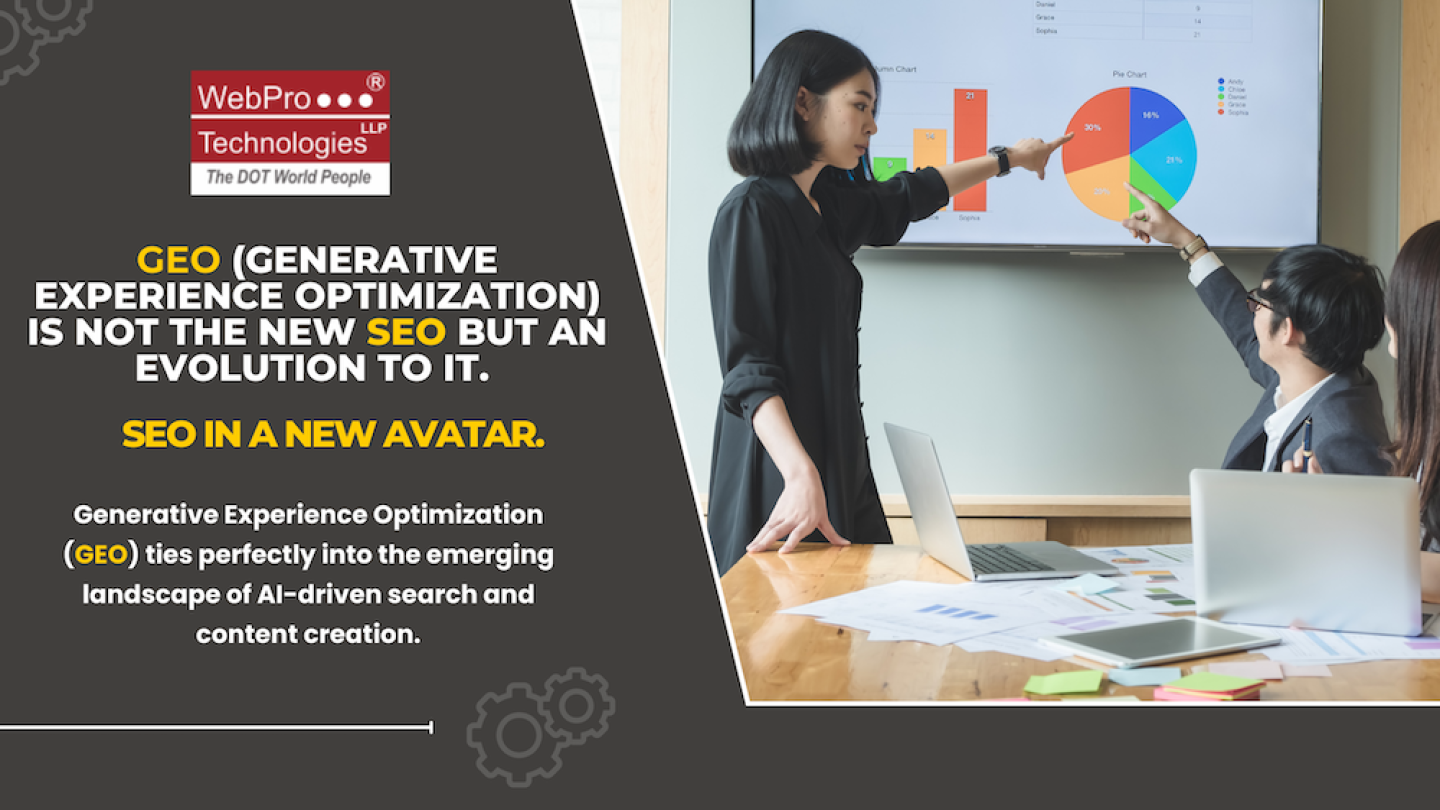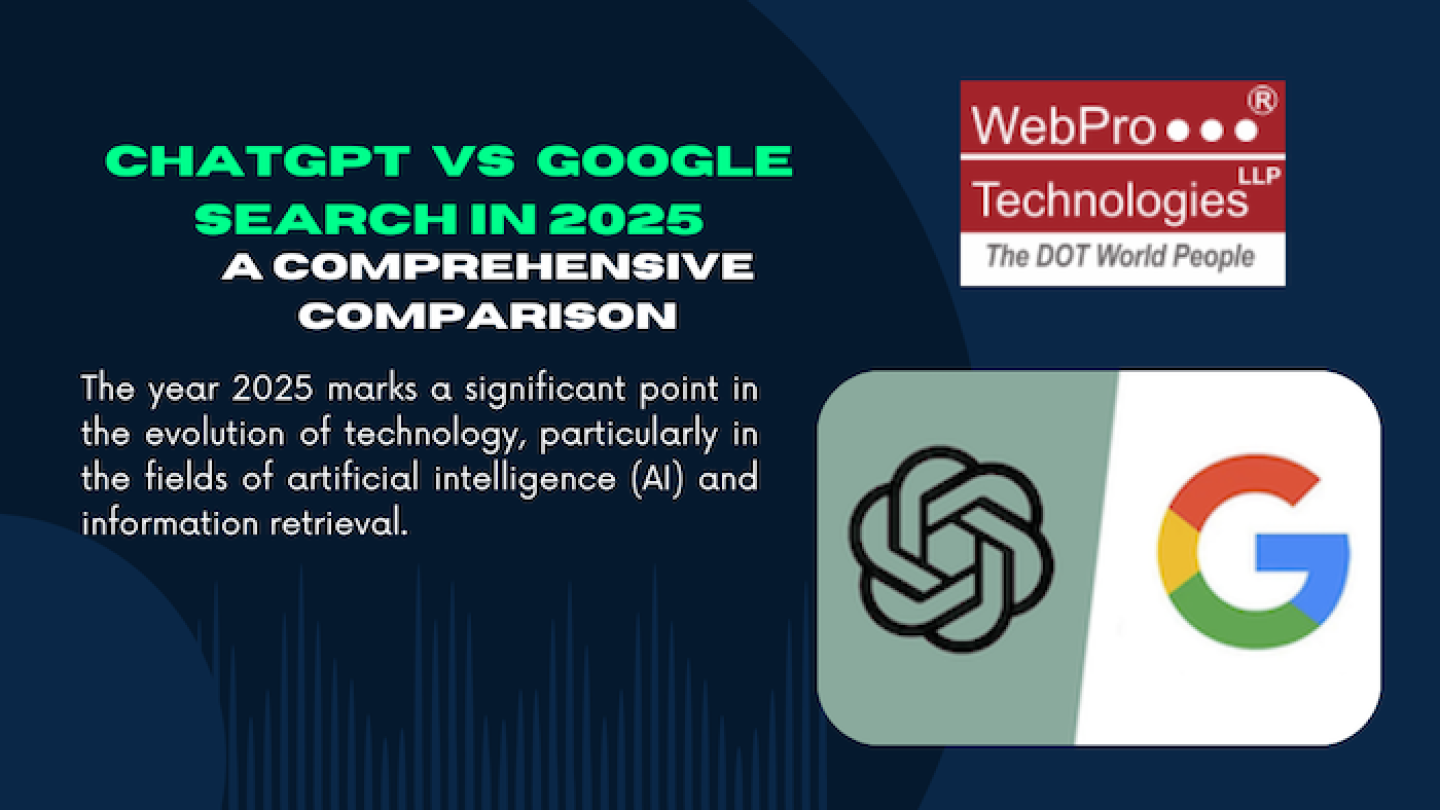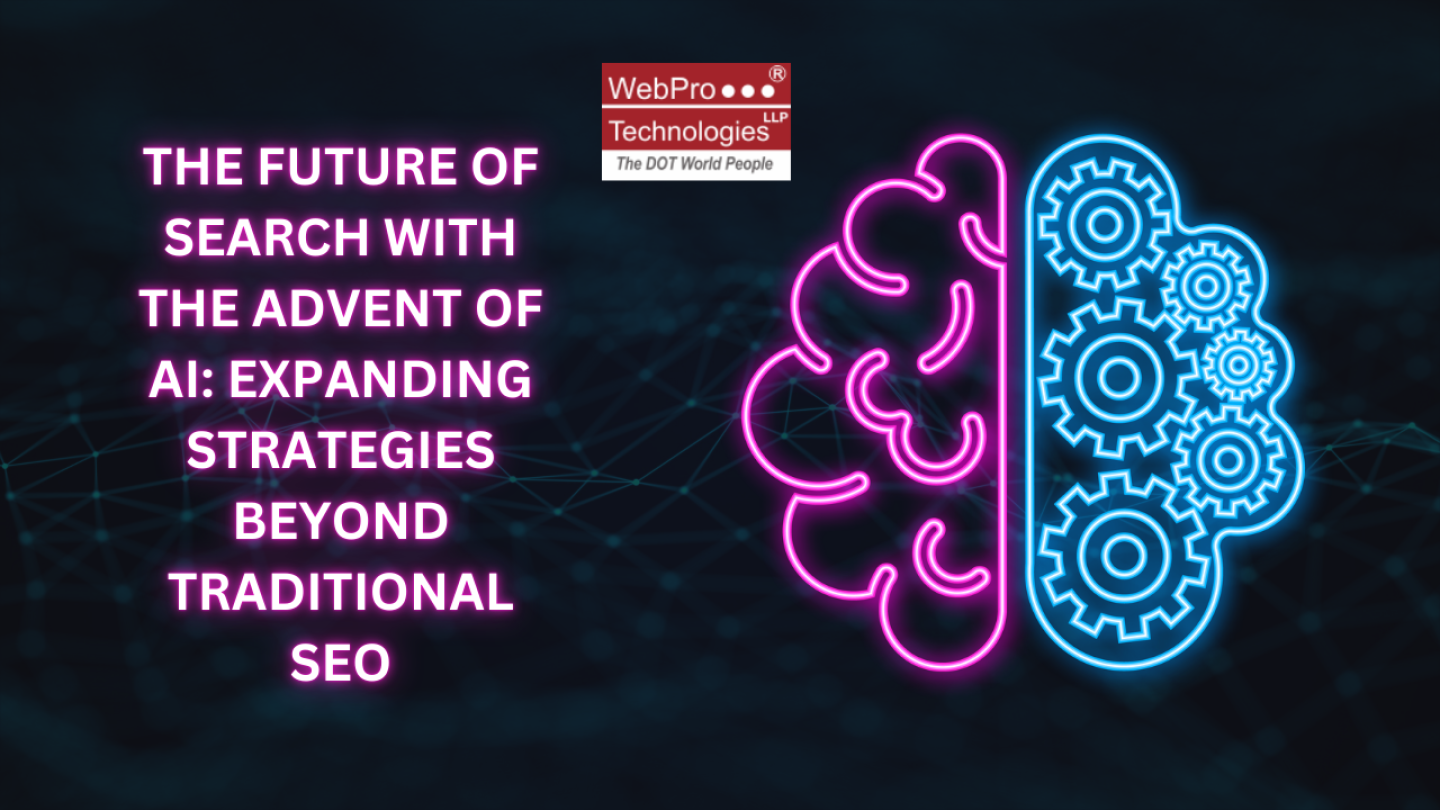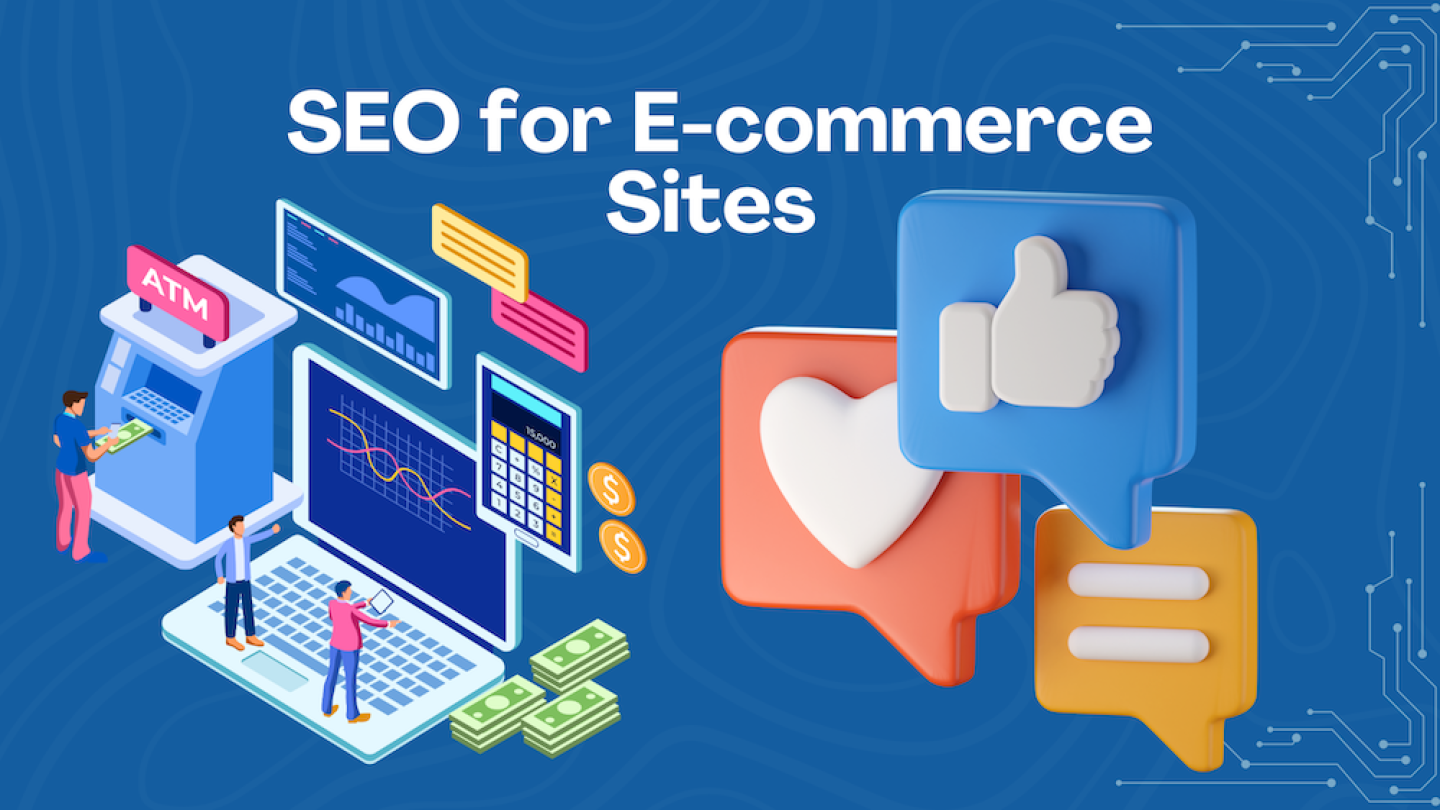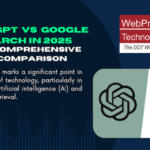In today’s fast-paced digital landscape, a website is more than just a digital storefront; it’s the foundation of your online presence. As businesses and consumers increasingly rely on digital interactions, the importance of maintaining a robust, secure, and optimized website has grown exponentially. Enter 2025, where website maintenance is no longer a luxury but a necessity—and outsourcing this critical task to an SEO company has become a game-changing strategy.
In 2025, outsourcing website maintenance to an SEO company is more than just a smart decision—it’s an essential step toward maintaining a competitive edge in the digital landscape. From enhancing security and user experience to driving organic traffic and conversions, the benefits are undeniable.
The Changing Dynamics of Website Maintenance
Website maintenance in 2025 encompasses more than just fixing bugs or updating plugins. It’s about ensuring that your website delivers an exceptional user experience, aligns with the latest search engine algorithms, and remains secure from evolving cyber threats. Here’s a breakdown of the key components of modern website maintenance:
- Technical SEO Optimization: From enhancing page speed to optimizing for mobile-first indexing, technical SEO ensures that search engines can crawl and index your site effectively.
- Content Updates: Fresh, relevant, and engaging content is crucial for maintaining user interest and improving search rankings.
- Security Enhancements: With cyber threats becoming more sophisticated, regular security updates and monitoring are vital to protect user data and maintain trust.
- Performance Monitoring: Tracking website metrics such as bounce rate, load time, and conversion rates helps identify areas for improvement.
Managing these aspects in-house can be overwhelming, especially for small and medium-sized businesses.
Why Outsource Website Maintenance?
Outsourcing website maintenance offers a multitude of benefits that go beyond convenience. It provides access to expertise, ensures consistent performance, and allows businesses to focus on their core competencies.
Here are the top reasons why outsourcing website maintenance is a strategic move in 2025:
1. Expertise and Specialized Knowledge
SEO companies specialize in understanding the ever-changing dynamics of search engines, web technologies, and user behavior.
By outsourcing, you gain access to:
- Cutting-Edge Tools and Techniques: SEO companies invest in advanced tools for analytics, keyword research, and performance monitoring, ensuring your website stays ahead of the curve.
- Industry Insights: With their finger on the pulse of industry trends, SEO experts can implement best practices that align with your business goals.
- Comprehensive Audits: Regular website audits identify technical issues, content gaps, and optimization opportunities, keeping your website competitive.
2. Cost Efficiency
Maintaining an in-house team for website maintenance can be costly, requiring investments in training, tools, and salaries.
Outsourcing to an SEO company provides:
- Scalability: Pay for the services you need, whether it’s a one-time overhaul or ongoing maintenance.
- Reduced Overheads: Eliminate the need for expensive software and full-time staff.
- ROI-Driven Results: SEO companies focus on delivering measurable outcomes, ensuring that every dollar spent contributes to your bottom line.
3. Enhanced Security
Cybersecurity is a top priority for businesses in 2025. With increasing threats such as ransomware and phishing attacks, a secure website is non-negotiable.
SEO companies provide:
- Proactive Monitoring: Regular security checks and real-time threat detection keep your website safe.
- SSL Certification: Ensuring secure connections builds trust with users and boosts search rankings.
- Data Backup and Recovery: Reliable backup systems minimize downtime and data loss in case of breaches or server failures.
4. Focus on Core Business Activities
Website maintenance can be time-consuming, diverting attention from your primary business operations.
By outsourcing, you can:
- Save Time: Let experts handle the technical aspects while you focus on strategy and growth.
- Ensure Consistency: SEO companies provide regular updates and maintenance, ensuring your website remains optimized and relevant.
- Gain Peace of Mind: Knowing that your website is in capable hands allows you to concentrate on what you do best.
5. Improved User Experience
User experience (UX) is a critical factor in both SEO and customer satisfaction. A poorly maintained website can lead to slow load times, broken links, and frustrated users.
SEO companies excel in:
- Mobile Optimization: Ensuring seamless experiences across devices is crucial in a mobile-first world.
- Speed Optimization: Faster websites not only rank higher on Google but also keep users engaged.
- Accessibility Compliance: Making your website accessible to all users, including those with disabilities, improves inclusivity and SEO performance.
The WebPro Philosophy: Ethical and Effective SEO
At WebPro, we believe in ethical SEO practices that prioritize long-term success over short-term gains. Our approach to website maintenance reflects this philosophy:
- Transparency: We provide clear insights into what we’re doing, why it matters, and how it benefits your business.
- Customization: Recognizing that every business is unique, we tailor our strategies to meet your specific needs.
- Sustainability: Our focus on ethical practices ensures that your website’s performance is built on a solid foundation.
By partnering with an SEO company that shares your values, you can build a website that not only ranks well but also resonates with your audience.
How Outsourcing Website Maintenance Supports To A SEO Company Helps:
The synergy between website maintenance and SEO is undeniable.
Here’s how outsourcing to an SEO company enhances your overall SEO strategy:
- Technical SEO Compliance: Regular updates and audits ensure your website adheres to the latest algorithm changes, boosting your rankings.
- Content Optimization: SEO experts help create and update content that aligns with user intent and keyword trends.
- Enhanced Crawlability: By fixing technical issues like broken links and duplicate content, SEO companies improve your site’s crawlability and indexability.
- Local SEO: For businesses targeting local markets, SEO companies optimize for local search terms, map listings, and reviews.
Choosing the Right SEO Partner
When outsourcing website maintenance, it’s crucial to choose a partner that aligns with your goals and values.
Here’s what to look for:
- Experience: A proven track record in your industry.
- Reputation: Positive reviews and testimonials from clients.
- Expertise: Knowledge of the latest tools, trends, and best practices.
- Communication: Clear, consistent updates and transparency.
By partnering with a trusted SEO company like WebPro Technologies LLP , you can ensure that your website remains a powerful asset for your business, delivering value to both users and search engines. Ready to take the next step? Contact us today to explore how we can support your website maintenance and SEO needs.

